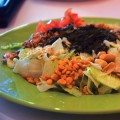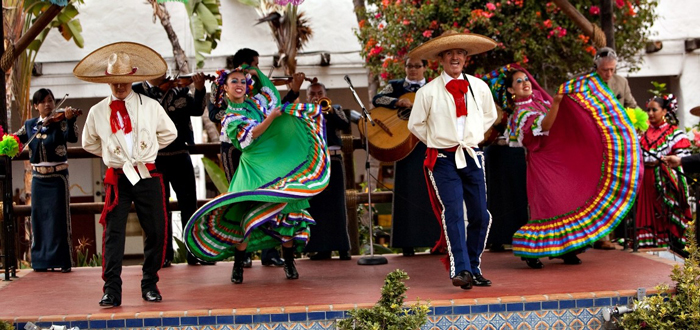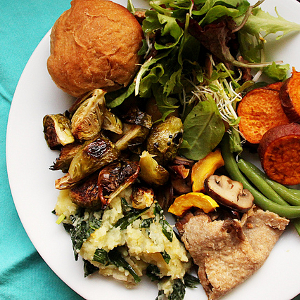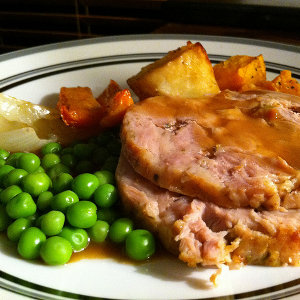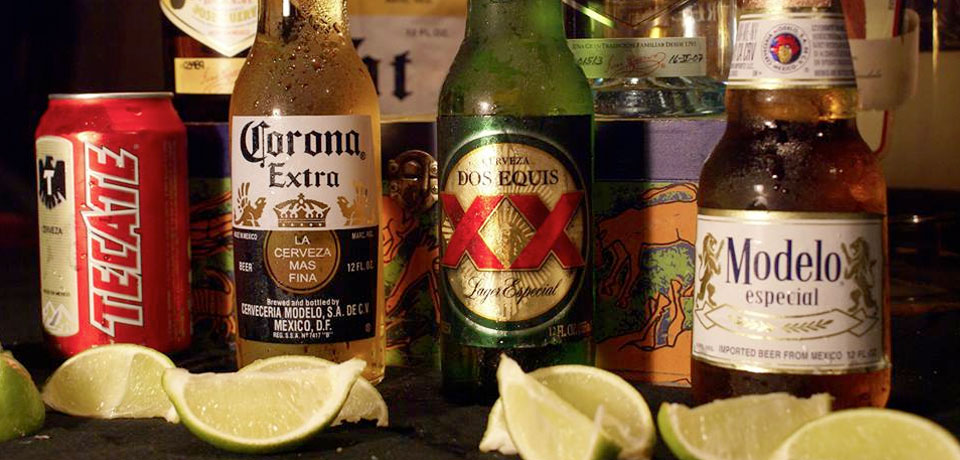Strip malls are the great equalizers when it comes to suburban dining. The upside is that they often contain multitudes. Take, for instance, the Mercado Shopping Center in Santa Clara. There’s a Krispy Kreme Doughnuts, a Chinese chain, two burger joints, Starbucks and a pho restaurant. The downside is that in order to stay open, each business must appeal to a wide cross section of the population.
It’s surprising, then, that the owners of Pedro’s Restaurant and Cantina opened Malaya, a Southeast Asian restaurant, as a replacement for their Mexicali Grill at the Mercado. Malaysian food isn’t the first cuisine that springs to mind when one thinks of a fast, casual dining option at the local mall.
But Malaya isn’t in the business of fast food. I’d describe what the owners are experimenting with as “medium food.” The menu stays true to Malaysian cuisine in a carefully constructed and intelligent outline. I recognized the names of familiar dishes but couldn’t always connect them to the flavors on the plate. Ultimately, I deduced that Malaya is an ambitious concept, as it aims to introduce roti and curry and rice plates as a new go-to dining experience. If Chili’s could find a place for Mexican food in every American suburb, then why not Malaya?
An explanatory note at the top of the menu not only addresses British colonialism in the region but also lists many of the other countries that have influenced modern Malaysian cuisine. This includes, but is not limited to, China, India and Thailand. Kerabu mangga ($13) will be familiar to diners who’ve eaten Thai papaya salads. Like many of the other dishes on the menu, the sauce, or dressing, on the young mango slaw contains slivers of a spicy red chili, shrimp paste and plenty of lime. The mango is finely shredded and elegantly finished with peanuts, mint and cilantro leaves. We also drizzled a spoonful or two of a panang curry sauce over the slaw, which worked as a much-needed cooling agent.
The dipping sauce normally accompanies the roti jala ($7), a turmeric crepe that is fluffy and bland but also good for dunking in the okra stew we ordered. Asam pedas okra ($14) is described as being “famous in the southern part of Malaysia.” I was hoping for a dish crowded with okra, like an Indian bhindi masala. But when I opened the steaming claypot, I could only divine sections of eggplant in a delicate tomato broth. At most, I found what amounted to two thinly sliced circles of okra. If it had been described as a tasty tomato soup, I wouldn’t have been as disappointed with the skimpy end result.
We shared a chicken dish, nasi ayam ($16), and salmon, ikan bakar ($18), for our main entrées. Keep in mind that when you order nasi ayam, the chicken is steamed. The texture is just like boiled chicken and it’s very soft or very tender, depending on your point of view. When the rubbery chicken skin flopped onto the plate, I decided the dish would have worked better barbecued or fried. As for the salmon, it, too, was steamed (but in banana leaves) and also marinated overnight. Neither the marinade nor the banana leaves added much in the way of the flavor. Both dishes tasted like the first drafts of ideas that needed more time in the oven.
Steamed rice, white or brown, comes with several entrées. Additionally, the restaurant offers sides of coconut rice ($4) and hainanese rice ($4), which is cooked in chicken broth. Malaya serves sticky rice too, but in a mango-themed dessert ($6) that’s built in layers. At the bottom, slices of mango laze in a bath of cold coconut milk. Sesame seeds top a quenelle of rice alongside a mango sorbet—bright orange in color—that rests in the center of the bowl. The mango slaw and dessert suggest that if the kitchen takes a little more time to refine the dishes, moving the notch down from medium to slow, Malaya and Chili’s could be friendly neighbors across the parking lots in the same American malls.
Malaya
3149 Mission College Blvd, Santa Clara
408.580.1500
malayarestaurants.com
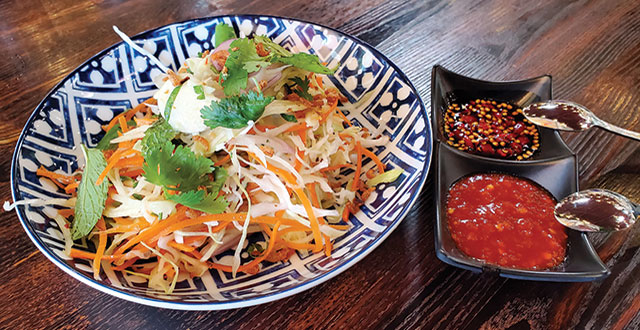
 Forks & Knives: San Jose's Own Whiskey Distillery and Boozy Taco Bell
Forks & Knives: San Jose's Own Whiskey Distillery and Boozy Taco Bell 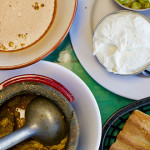 Persian Restaurant Stone Stew Goes Above and Beyond Kebabs
Persian Restaurant Stone Stew Goes Above and Beyond Kebabs 


